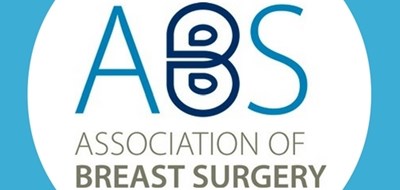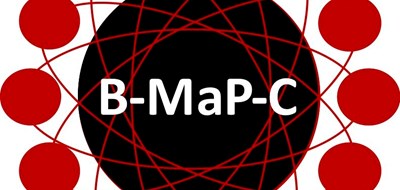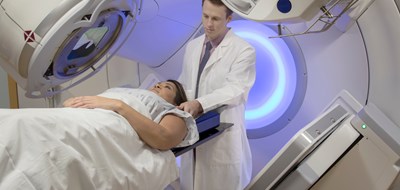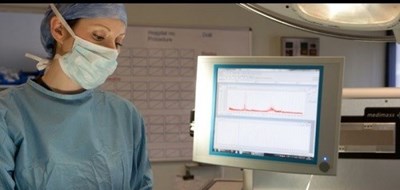News and Hot Topics
On this page you will find news and updates on research topics
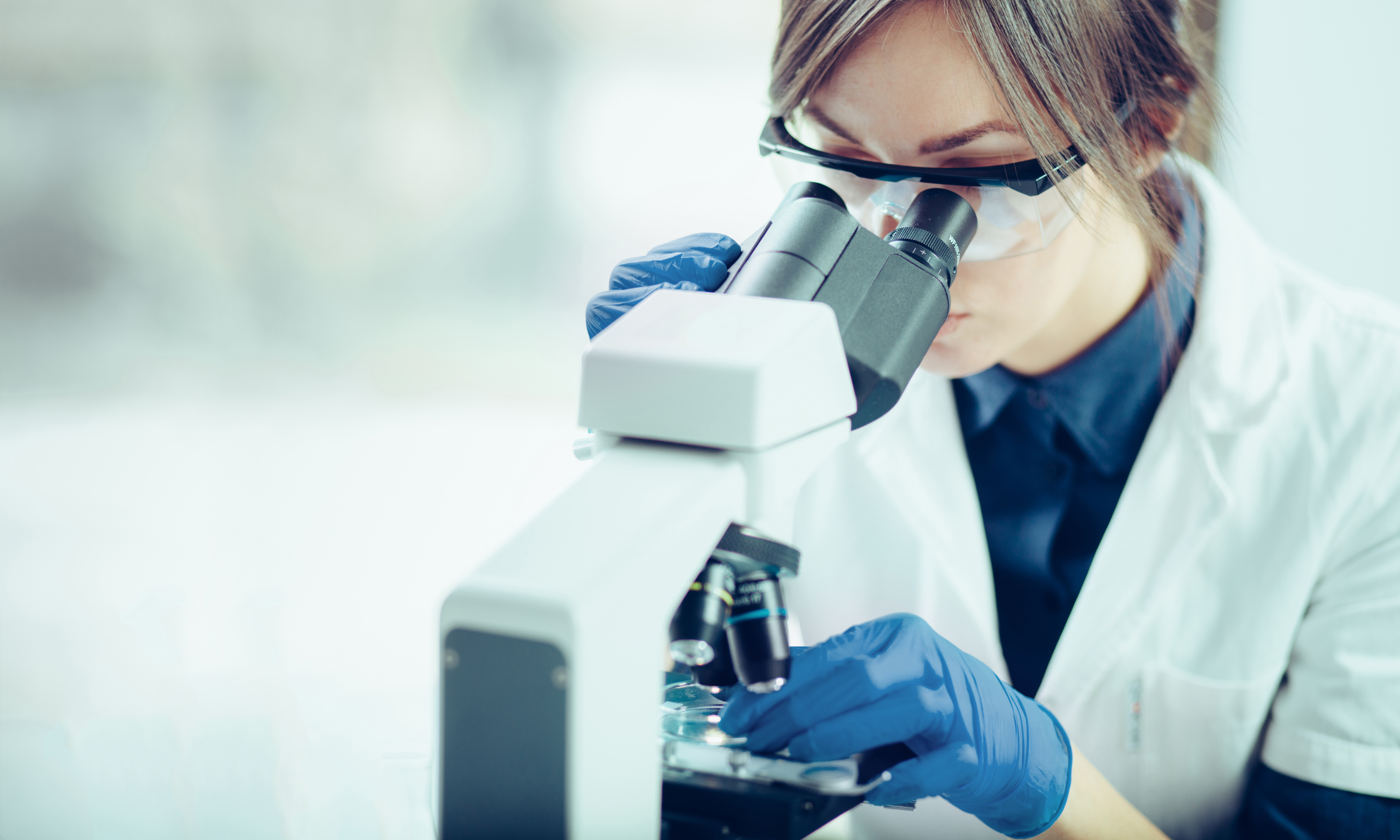
Call for Tutors: Integrated Research Module of the MS in Oncoplastic Breast Surgery
University of East Anglia is calling for tutors for their integrated research module of the MS in Oncoplastic Breast Surgery.
They are seeking academic breast surgery mentors with research experience, who are willing to guide students through the academic development and implementation of their masters project.
They plan to allocate 1-2 students for each tutor, based on geographical location and research interests.
The role will involve providing advice on the research study protocol, and ongoing remote support and mentoring. Time commitment will be flexible.
Please contact the UEA e-learning team at specialist.courses@uea.ac.uk to register your interest or contact Mr Amit Agrawal (research module lead for Breast Surgery) via email above, if you wish to discuss prior.
Please click the following link to find out more information.
Short-term safety outcomes of mastectomy and immediate prepectoral implant-based breast reconstruction: Pre-BRA prospective multicentre cohort study
The Pre-bra study has recently been published by Kate Harvey et al in the BJS. Consecutive patients electing to undergo immediate PPBR at participating UK centres between July 2019 and December 2020 were invited to participate. 347 women underwent 424 immediate implant-based reconstructions at 40 centres. Most were single-stage direct-to-implant (357, 84.2 per cent) biological mesh-assisted (341, 80.4 per cent) procedures. Conversion to subpectoral reconstruction was necessary in four patients (0.9 per cent) owing to poor skin-flap quality. Of the 343 women who underwent PPBR, 144 (42.0 per cent) experienced at least one postoperative complication. Implant loss occurred in 28 women (8.2 per cent), 67 (19.5 per cent) experienced an infection, 60 (17.5 per cent) were readmitted for a complication, and 55 (16.0 per cent) required reoperation within 3 months of reconstruction. These findings support the need for a well-designed RCT comparing prepectoral and subpectoral reconstruction to establish best practice for implant-based breast reconstruction.
You can read more about it here.
Primary radiotherapy and deep inferior epigastric perforator flap reconstruction for patients with breast cancer (PRADA): a multicentre, prospective, non-randomised, feasibility study
Thiruchelvam et al have recently reported on their study, PRADA, to explore the feasibility of preoperative radiotherapy followed by skin-sparing mastectomy and deep inferior epigastric perforator (DIEP) flap reconstruction in patients with breast cancer requiring mastectomy. This was a prospective, non-randomised, feasibility study at two National Health Service trusts in the UK. Preoperative radiotherapy started 3-4 weeks after neoadjuvant chemotherapy and was delivered to the breast, plus regional nodes as required. Between Jan 25, 2016, and Dec 11, 2017, 33 patients were enrolled. At 4 weeks after surgery, four (12·1%, 95% CI 3·4-28·2) of 33 patients had an open breast wound greater than 1 cm. One (3%) patient had confluent moist desquamation (grade 3). There were no serious treatment-related adverse events and no treatment-related deaths. The study concluded that preoperative radiotherapy followed by skin-sparing mastectomy and immediate DIEP flap reconstruction is feasible and technically safe, with rates of breast open wounds similar to those reported with post-mastectomy radiotherapy. A randomised trial comparing preoperative radiotherapy with post-mastectomy radiotherapy is required to precisely determine and compare surgical, oncological, and breast reconstruction outcomes, including quality of life.
Link for the full text.
B-Map-C
Over the last few months the SARS-CoV-2 (coronavirus disease 2019, COVID-19), has spread worldwide. In January 2020, the WHO Emergency Committee declared a global health emergency which has led to worldwide repercussions in healthcare delivery, including that of breast cancer care. In the UK the Association of Breast Surgery (ABS), National Coordinating Committee for Breast Pathology (NCCBP), and Royal College of Radiology (RCP) have issued guidelines regarding the management of patients newly diagnosed with breast cancer during the pandemic. We have seen in many parts of the UK that these guidelines are already in use due to redirection of healthcare provisions to patients suffering with COVID-19 resulting in reduced operating and radiotherapy availability to treat breast cancer patients. As well as this, alterations in management have occurred to reduce the risk of patients developing COVID-19, such as reducing or avoiding chemotherapy to avoid immunosuppression and reducing or avoiding radiotherapy to prevent patients’having to attend hospital for multiple treatments.
It was felt that these potential alterations in treatment should be monitored and studied in an observational cohort study.
The primary aim of the B-MaP-C national audit is:
- To document and describe breast cancer management (surgery, neoadjuvant / adjuvant chemotherapy and radiotherapy) during the COVID-19 pandemic and compare this to current (pre-COVID-19) management practice.
The secondary aims include auditing:
Short term:
- The proportion of patients on ‘bridging’ neoadjuvant endocrine therapy who progress or fail to respond and so require surgery for clinical reasons earlier than anticipated.
- The proportion of patients planned for breast conserving surgery, having completion mastectomy for oncological reasons due to altered indications for radiotherapy.
- The proportion of delayed reconstruction in patients who would have been offered immediate reconstruction (and having simple mastectomies instead).
- Proportion of presumed DCIS found to have an invasive component at surgery (usually ~20%)
Long term:
- To gather a national Risk of increased loco-regional recurrence and/or poorer overall survival in patients having breast conserving surgery, and omitted radiotherapy.
- Risk of increased loco-regional recurrence and/or poorer overall survival in patients having omitted neoadjuvant / adjuvant chemotherapy +/- targeted anti-HER2 therapy.
- Risk of disease progression and/or poorer overall survival in premenopausal and postmenopausal patients on ‘bridging’ primary endocrine therapy having delayed surgery
For more information read the May 2020 newsletter, see the phases and criteria or visit the B-MaP-C website
The FASTForward Study: Fewer hospital visits needed for radiotherapy following breast cancer surgery
The FASTForward study, published in the Lancet on 28th April 2020, is a multicentre UK study comparing standard radiotherapy to hypofractionated radiotherapy in women with breast cancer who have undergone breast conserving surgery or mastectomy. This was a three-arm trial where patients were randomised to 40 Gy in 15 fractions, delivered over 3 weeks (standard UK practice) or to hypofractionated radiotherapy at either 27 Gy in five fractions (over one week) or 26 Gy in five fractions (over one week). Across 97 UK centres, 4096 patients were recruited.
At five years (median follow up 71.5 months), ipsilateral breast tumour relapse, the primary endpoint, was not inferior in the hypofractionated subgroups compared to standard 3-week radiotherapy (HRs versus 40 Gy in 15 fractions were 0.86 [95% CI 0.51-1.44] for 27 Gy in five fractions and 0.67 [95% CI 0.38-1.16] for 26 Gy in five fractions. Patient and photographic assessments of normal tissue effects were slightly higher in the 27 Gy subgroup.
This large study demonstrates that 26 Gy in five fractions is non inferior to the current standard UK practice of 40 Gy in 15 fractions over 3 weeks for local tumour control, as is as safe as 40 Gy in terms of normal tissue effects up to five years in patients prescribed adjuvant local radiotherapy after surgery for early breast cancer.
Delivering adjuvant breast cancer radiotherapy in only five days has the potential to improve hospital efficiency and decreases the burden of treatment length and hospital attendence for breast cancer patients.
In the current climate of Covid-19, where NHS capacity is reduced, and hospital visits are being kept to a minimum to increase patient safety, the results of FASTForward have immediate clinical significance and should translate into safe, rapid change to clinical practice.
Gap Analysis
The ABS Academic and Research Committee has conducted a “gap analysis” of key areas where surgeons could make significant contribution to breast cancer research. This has now been published in the Lancet Oncology.
Reference
Cutress RI, McIntosh SA, Potter S, et al. Opportunities and priorities for breast surgical research. The Lancet Oncology 2018; 19(10): e521-e33. DOI: 10.1016/S1470-2045(18)30511-4
The paper is available from The Lancet Oncology Website here
A word processed version is also available to download here
This work was completed by the Academic and Research Committee of ABS. The aims of the Committee are to enhance care and outcomes for patients with breast disease through the promotion and support of breast surgical research and innovation.
iKnife
Scientists have developed an "intelligent knife" that can tell surgeons immediately whether the tissue they are cutting is cancerous or not. This has been called a potential 'game-changer' for cancer surgery. Sam Wong elaborates in his article:
"In the first study to test the invention in the operating theatre, the “iKnife” diagnosed tissue samples from 91 patients with 100 per cent accuracy, instantly providing information that normally takes up to half an hour to reveal using laboratory tests.
The findings, by researchers at Imperial College London, are published today in the journal Science Translational Medicine. The study was funded by the National Institute for Health Research (NIHR) Imperial Biomedical Research Centre, the European Research Council and the Hungarian National Office for Research and Technology.
In cancers involving solid tumours, removal of the cancer in surgery is generally the best hope for treatment. The surgeon normally takes out the tumour with a margin of healthy tissue. However, it is often impossible to tell by sight which tissue is cancerous. One in five breast cancer patients who have surgery require a second operation to fully remove the cancer. In cases of uncertainty, the removed tissue is sent to a lab for examination while the patient remains under general anaesthetic." Read the full article here



